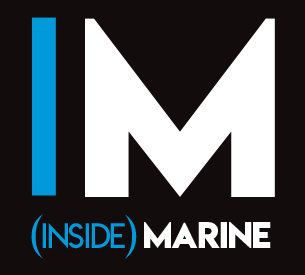United European Car Carriers (UECC) and Titan Clean Fuels (Titan) are collaborating on a series of major liquefied biomethane (LBM) bunkering operations in the Port of Zeebrugge. Titan will bunker ISCC-EU certified mass balanced LBM, also known as bio-LNG, to all of UECC’s LNG dual fuel car carriers this month.
These pure car and truck carriers (PCTCs) will use 100% LBM as part of UECC’s ‘Green Gas Month’, an initiative that supports its wider ‘Sail for Change’ sustainability programme. Three of the ships also feature battery hybrid technology, further enhancing their environmental performance.
The benefits
Due to the biomethane waste feedstock, the greenhouse gas (GHG) emissions reduction potential from this clean fuel use is significant. In ‘Green Gas Month’ alone, UECC calculates the Well-to-Wake emissions reductions will exceed 8,000 metric tonnes of CO2e.
The GHG emissions reductions generated from these major LBM bunkering operations will be available to UECC customers through a CO2 registry that it opened in January 2024. This registry allows UECC to transfer the environmental benefits of clean fuel use to charterers in a transparent, traceable and independently verified manner across its entire supply chain.
“Through the use of biomethane, ‘Green Gas Month’, and ‘Sail for Change’ more broadly, we are providing our customers with a great springboard to further their own decarbonisation strategies,” Daniel Gent, Energy & Sustainability Manager at UECC, commented. “With progressive automakers focusing on cleaner cars, we expect them to want to reduce their scope three emissions and ship those cars sustainably – which is what we can deliver in collaboration with Titan right now.
“Tightening environmental regulations and emissions levies like the EU Emissions Trading System are also increasingly boosting the commercial rationale for using clean shipping services. The use of LBM as a marine fuel reduces UECCs, and our customer’s exposure to the costs of emitting within the EU ETS, which will continue to ramp up quickly over the coming years.” “We are pleased to be working with UECC on these major LBM bunkerings and hope these are the first of many more clean fuel operations with them,” Flip Dankelman, Trader at Titan, added. “The mass balanced LBM via Fluxys’ LNG Terminal in Zeebrugge is a practical, realistic and cost-competitive way to use clean marine fuels today. And the UECC team has valued the flexibility that our fleet of strategically located LNG bunker vessels can offer.”
The road to net-zero
Another large and successful LBM transaction demonstrates that the LNG pathway to net-zero GHG emissions in shipping is unfolding as investors and supporters expected. With LNG, this pathway has a safe and cleaner starting point with mature infrastructure.
Unlike other fuel pathways, LBM is frequently being introduced at scale today. Depending on the feedstock, LBM can be net-zero GHG emissions or even net-negative if the avoided emissions of waste are taken into account. The next phase is the introduction of e-methane produced using renewable electricity and electrolysis. All of these molecules can be blended at any ratio and used in existing LNG infrastructure without adaptation.
This clean fuel supply agreement and milestone on the LNG pathway is timely as activation of the European Union’s FuelEU Maritime regulation is imminent. The regulation, which will especially incentivise the use of renewable fuels of non-biological origin such as e-methane, will come into force on January 1st, 2025. It will be applicable to vessels over 5,000GT, 100% of emissions will be considered within the EU and 50% of them if one port in the voyage is outside the EU.
You can read more of the latest from the world of Marine here.


